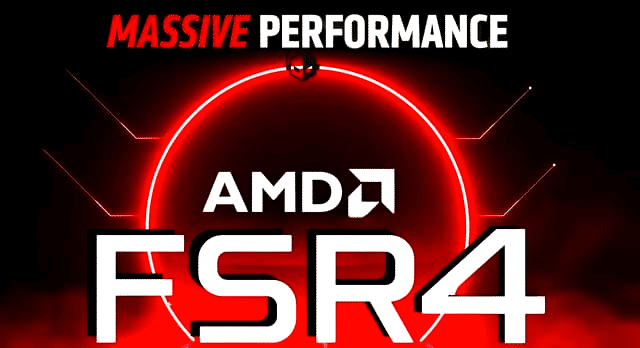At Computex 2025, AMD not only unveiled new graphics cards, but also announced an update for FSR 4: ‘Redstone’ is set to take the current generation of upscaling to a new level.
AMD also came up with its own keynote speech for Computex 2025, which this time was much more informative than at CES 2025.
In addition to the technical data for the Radeon RX 9060 XT, which will be priced between $300 and $350 depending on the memory variant, there were also innovations to be seen for the in-house upscaling FSR 4 (“FidelityFX Super Resolution”). According to AMD’s gaming chief Jack Huynh, a total of 60 games will support the new generation by the time the RX 9060 XT is launched.
With the “Redstone” upscaling update planned for the second half of the year, FSR 4 – which will remain exclusive to the RX 9000– is set to jump to the next level in three steps.
Neural Radiance Caching for more efficient ray tracing
The first component of this Redstone project is called “Neural Radiance Caching.” This refers to a rendering technology that uses a grid of AI-powered neural networks to make the calculation of light in 3D scenes more efficient and realistic.
AMD’s gaming chief Jack Huynh did not provide any details on how it works during the keynote, but competitor Nvidia has also introduced this feature as part of its RTX 50 series (here called “RTX Neural Radiance Cache”) and published arelated research paper
Since the neural shaders are to be integrated into the DirectX interface, the process is likely to differ only slightly. In simple terms, AMD’s Neural Radiance Caching is also expected to work as follows:
- Light rays are only tracked a few times to save computing power. At the endpoints of these light paths, the scene is analyzed based on factors such as position and material properties.
- This information is passed on to the aforementioned AI grid, which in turn predicts how much light will be reflected. As a neural network, it is also able to adapt during rendering and respond accordingly to dynamic scenes.
Ray “regeneration” instead of “reconstruction” and the next step for frame generation
The second Redstone feature was already partially unveiled a little over six months ago. AMD confirmed at the time in the GPUOpen developer blog that the company was working on its own version of Nvidia Ray Reconstruction.
Huynh has now unveiled this feature at Computex 2025: With “Ray Regeneration,” the company is also pursuing an AI approach to combat noise in path tracing with too few light rays. Until now, denoisers have been used for this purpose.
Finally, Redstone will receive an update for frame generation, as FSR 4 previously used the same vector-based algorithm as FSR 3.1. With Redstone, the switch to an ML basis will follow. Huynh promises nothing less than a “real game changer for RDNA 4 owners.”


